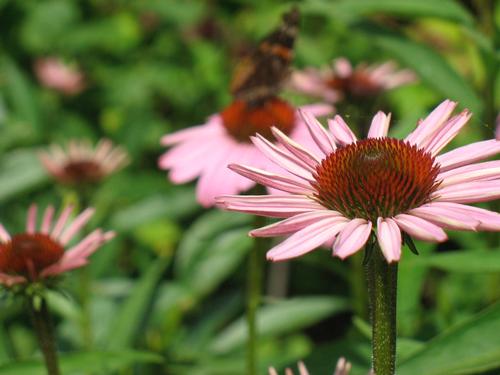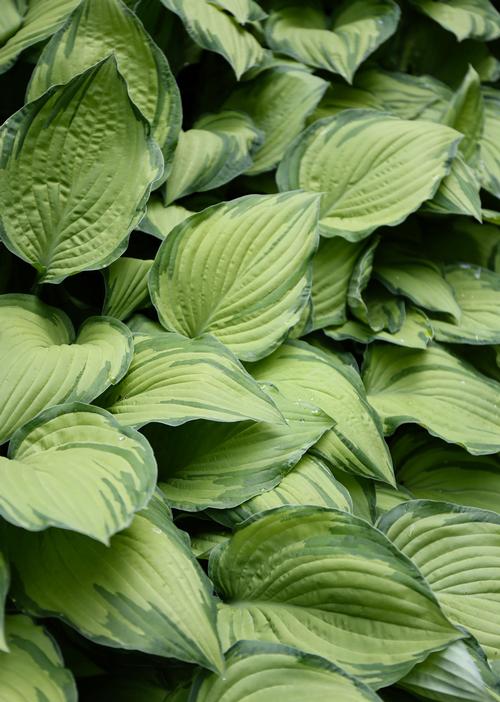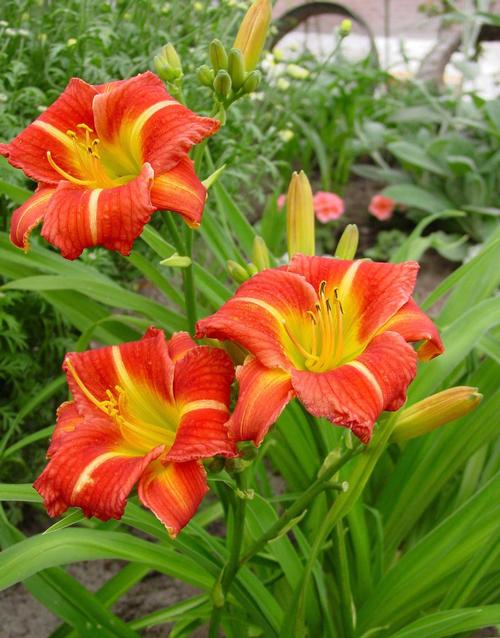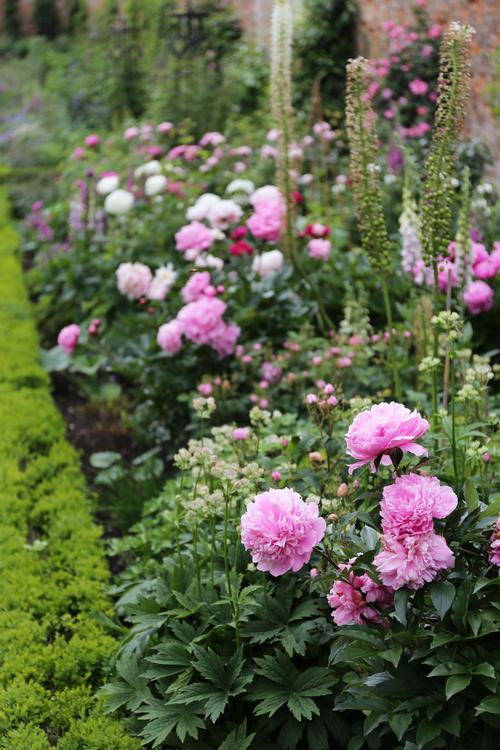
What should I do when my plants arrive?
When the box arrives, open it up so the plants can breathe. Plants that are in plastic bags should be left unopened. Plants in pots should be watered if they are dry. Leave all the plants in the box and store the box in a cool place (50-60°F) until you are ready to plant.
When should perennials be planted?
Perennials may be planted any time the ground can be worked. The best planting time is usually spring or fall, when the weather is cool and the soil is moist. Our perennials are shipped in spring, at the proper planting time for your growing zone. The plants should be put in the ground as soon as possible, within a week or two after they arrive.

How should I prepare the planting area?
Choose a well-drained area with the appropriate amount of light for the plant (sun, part sun or shade). Loosen the soil to a depth of at least 8” so it will be easy for the plant to develop a strong root system. Incorporating compost will improve the soil’s texture and fertility. Learn more here: How to Prepare Soil for Planting.
How should I plant my perennials?
It is important for new plants to be positioned at the correct depth. Dig a hole slightly larger than the plant’s roots and follow the planting depth instructions on the package for proper depth and spacing. After planting, gently firm the soil around the roots.
Generally speaking, plugs and potted plants should be planted level with the soil surface; bare root plants should be positioned 1" to 2" below the soil surface. Plant bare root peonies no more than 1" deep.

How often should I water?
During their first summer, perennials appreciate getting about an inch of water per week – from you or from natural rainfall. It’s better to water deeply once a week, rather than water shallowly every few days. This encourages the roots to grow downward in search of water and helps the plant prepare for being self-sufficient.
Should perennials be fertilized?
This depends on the fertility of your soil. If you add fertilizer at planting time, follow the package directions. Newly planted perennials may be given a little liquid fertilizer about once a month, starting in early summer. Once they are established, most perennials don’t need to be fertilized. Spreading an inch or two of compost on the soil surface, in either spring or fall, will help keep the plants healthy and vigorous.

Should I mulch my perennials to protect them over the winter?
Plants that are hardy in your growing zone will survive the winter without special protection. Where winters are severe and snow cover is unpredictable, you can insulate the roots by covering the soil with several inches of bark mulch, pine boughs, straw or dry leaves. To avoid smothering the plant or causing rot, mulch only after the ground has frozen and remove the mulch in very early spring.
The plants I purchased months ago are still in the plastic bags. What should I do?
Bare root perennials should be planted as soon as they arrive in the spring. Open the packages to see if the roots are still firm and moist. If so, you can try planting them, though they may not be strong enough to survive. If the roots are mushy or very dry, the plants are dead and should be discarded.
I planted a peony last fall. Why didn’t it flower this spring?
Peonies are long-lived and once they get established, they flower for generations. A new peony usually needs at least two seasons of growth before it will start flowering. It’s also important for peonies to be planted at the proper depth. The top of the root (where the buds are located) should be no more than 1½” below the soil surface. If peonies are planted too deeply, they produce foliage, but few flowers. Mulching is fine but keep it less and an inch thick and don't allow it to build up over time. Learn More Here: All About Peonies
